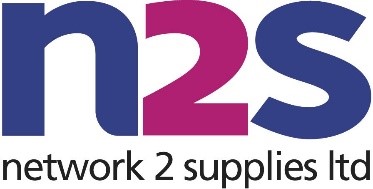
Bioleaching technology for the recovery of metals from Electronic Waste - Research Project
Funder
Knowledge Transfer Partnership KTP011031 between Coventry University and Network 2 Supplies Ltd
Innovate UK
Total value of project
£249,363
Project team
Professor Sebastien Farnaud, Professor Derek Renshaw, Dr John Graves, Dr Mahsa Baniasadi
Partners
Network 2 Supplies Ltd
Duration of project
22/10/2018 - 21/10/2021


Project overview
E-waste (electronic waste) is the most rapidly growing waste stream in the world, with over 50 million tonnes generated globally each year. Millions of people across the world are thought to work informally recycling these materials through open burning, exposing themselves and the environment to toxic fumes which then find their way into the water supply and food chain, poisoning animals and humans.
Formal recycling of printed circuit boards has traditionally come with a large carbon footprint, printed circuit boards can travel thousands of miles to refineries where they are incinerated and a lot of the valuable material lost and not recovered.
N2S has partnered with Coventry University through the Knowledge Transfer Partnership (KTP) programme. This partnership has allowed N2S to access the expertise of Professor Sebastien Farnaud and Professor Derek Renshaw from the University’s Centre for Sport, Exercise and Life Sciences, to develop an innovative solution to recover the precious metals within printed circuit boards through bioleaching techniques.
Project objectives
The aim of the project is to develop a sustainable and environmentally friendly method to recover precious metals from electronic waste that will create a closed-loop system to recycle metals back into the supply chain as required in a sustainable circular economy.
The first objectives, which were pursued in the research group, were to validate bioleaching as a bio-recovery method of the metals from PCB into solution and then, following successful validation, to apply electro-chemical methods to fully recover the metals selectively from the solution.
The next objectives were to transfer and embed the knowledge to N2S, so a microbiology laboratory was developed at their premises. While the initial methodology was transferred into the new laboratory at N2S, further methods were developed in our laboratory at CU to be later transferred to their laboratory where the main work is now taking place. The project has been particularly successful, with pending patents and commercial applications already in place.




